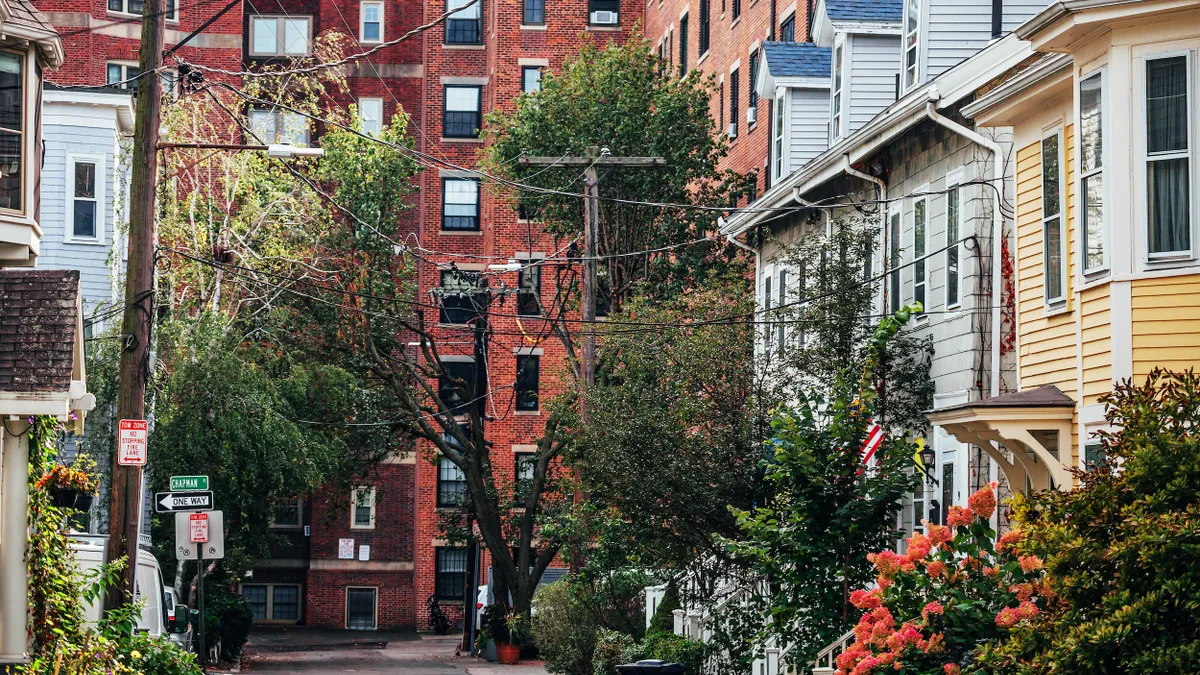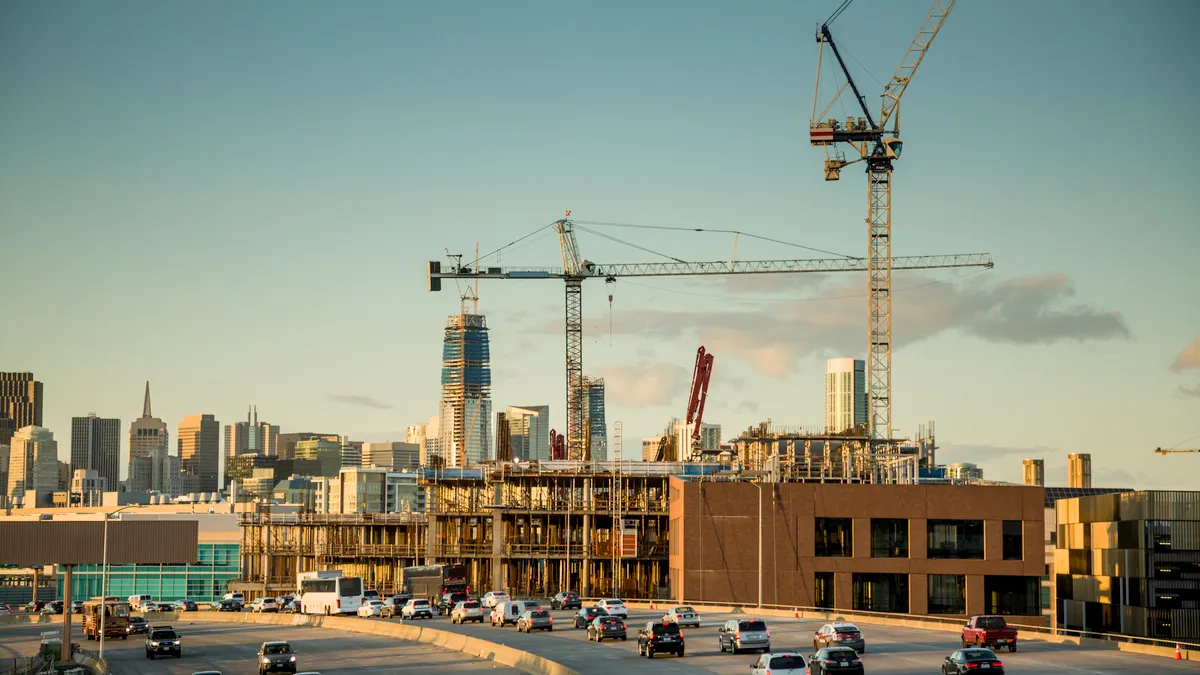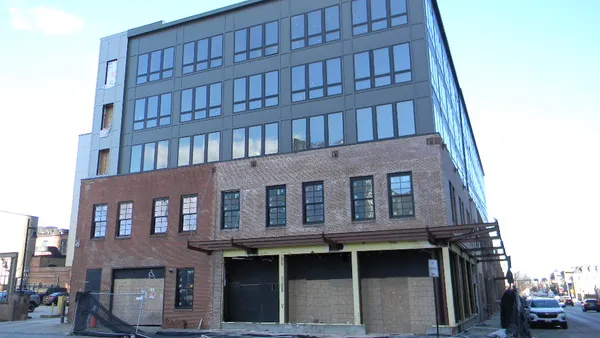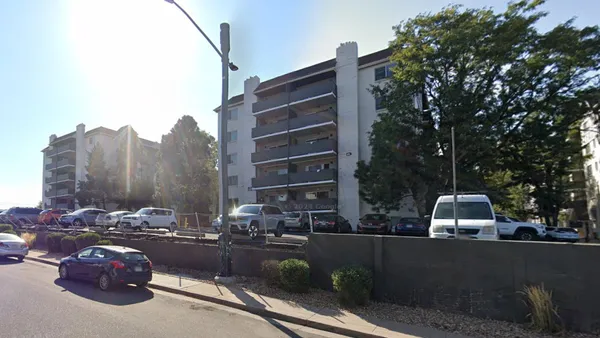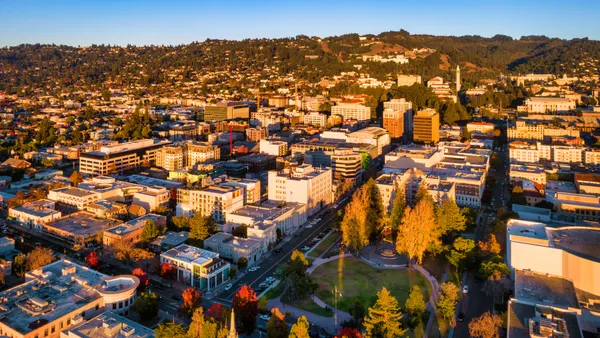Cambridge, Massachusetts, leaders want to change the city’s regulations to allow more housing density in certain neighborhoods. But those efforts have faced constant challenges and fights, City Council member Sumbul Siddiqui said during a National League of Cities housing summit in Washington, D.C., on Jan. 16.
That’s resulted in the city falling behind on its housing goals, she said.
“What we’re seeing right now, as we try to push for more multifamily housing, is really the strongest voices who are opposed to more density,” Siddiqui said. Those residents think that “as a city, we’ve grown enough.”
A growing number of cities and states have proposed relaxed zoning and other regulatory changes to address the nationwide housing shortage. Those policies allow bigger and taller housing developments in districts where they would have otherwise been restricted and impose easier permitting processes for certain housing projects, for example.
Among the biggest obstacles of such reforms are groups of vocal residents — referred to as NIMBYs, for “not in my backyard” — who speak up at local board meetings in opposition of such projects, prompting some local boards and committees to back down.
Because residents of wealthier neighborhoods are more likely to attend meetings, fewer projects in wealthy neighborhoods get approved than those in lower-income neighborhoods, even though wealthy neighborhoods see more proposals, a 2022 study by the Urban Institute found.
During the NLC conference, mayors and city leaders spoke about the challenges NIMBYs pose to solving the high cost of housing in their communities and the strategies they’re taking to overcome those obstacles.
Using information to overcome fear in Cambridge
The task has been particularly difficult in Cambridge, which has been “trying to do whatever they can,” to address housing, Siddiqui said. Officials have used city-owned property for developments and partnered with nonprofit and for-profit developers, she said. In 2017, the city doubled its inclusionary housing requirements for certain market rate developments. And it created an affordable housing overlay, which streamlines the permitting process for development projects that are 100% affordable, she said.
To overcome the opposition from NIMBYs, city leaders need to share a lot of information and break down the basics of affordable housing financing, Siddiqui said. That can sometimes change hearts and minds, but some changes require adding additional new city council members who are pro-housing, she said.
“There is a lot of fear: ‘This is going to change the character of our neighborhood,’” Siddiqui said. “It’s very hard.”
Directing density downtown in Clearfield, Utah
Clearfield, Utah, has had better luck in making regulatory reforms aimed at addressing the city’s need for more low- and moderate-income housing and starter homes, said Mark Shepherd, the city’s mayor.
To address the issue, the city wants to allow new homes to be constructed on smaller lots than it has historically allowed and to allow the construction of taller mixed-use buildings — with a maximum height of four stories — in its downtown corridor, Shepherd said.
Getting people to understand that changes are needed to address affordability is difficult, Shepherd said, since many residents want to preserve the authenticity of the city. He promised residents that the taller buildings and smaller lots would be coming to certain corridors, but not in their residential neighborhoods.
“I made a commitment to our residents that I will not impose on your neighborhood,” Shepherd said. “But you have to understand, our [high-density] corridors are going to be thick, they’re going to be dense.”
Putting ideas to a vote in San Antonio
Community support has allowed San Antonio to move forward with its lofty plans to address its affordable housing goals.
Those plans include new transit-oriented development zoning rules and policies that would allow more residential, commercial and mixed-use development to be constructed along mass transit routes, such as the $446 million bus rapid transit line slated to break ground this year. The project includes funding from a sales tax that passed in 2020, said Ron Nirenberg, the city’s mayor.
Most of the work San Antonio is doing has been supported by public votes, Nirenberg said. The city has passed several charter amendments, bond items, and sales tax initiatives through ballot initiatives over the past five years.
“Getting community buy-in, making the public feel like this is part of their plan — not your plan — that you’re implementing is extremely important,” Nirenberg said. “The public created those plans and see that we are implementing those solutions to the problems that they have presented, starting with: I want to afford the place that I live.”
Moving from discussion to action in Providence, Rhode Island
Getting broad-based community buy-in for a project is great and should be attempted, said Brett Smiley, mayor of Providence, Rhode Island. But, “There are times when public leaders need to say, ‘Pencils down, we’ve heard enough. This is what we’re doing,’” he said.
Last year, Providence revamped its comprehensive plan. Among the changes were ones that make it easier for developers to get administrative approvals to build housing throughout the city without having to go through public bodies, Smiley said in an interview during the NLC summit.
The plan went through an extensive two-year community engagement process before it was approved, he said. Not everyone in the community embraced it, but everyone had an opportunity to speak their piece, he said.
“Our viewpoint is that the community had the opportunity to opine on the plan,” Smiley said. “Now the plan is done, so administrative approvals [of qualified housing developments] are appropriate.”
This strategy prevents NIMBYs from railroading projects during public board approval processes, Smiley said.
“To not have to go to the public board at all, you don’t allow certain residents to hijack the project,” he said.


